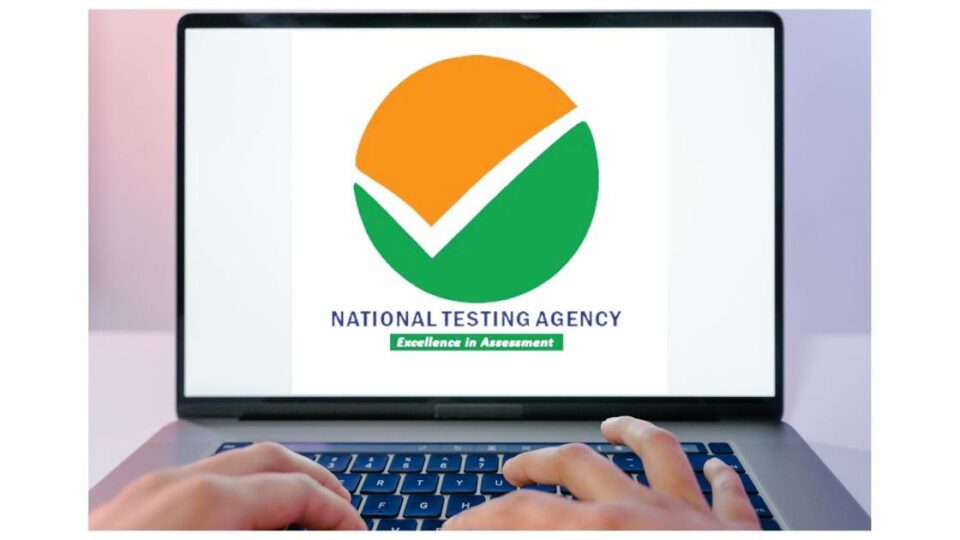
Essential Online Teaching Methods Teachers Must Know
Whether you’re new to teaching online or a seasoned pro, you want to be efficient and productive. Online teaching software has its own set of benefits, especially when compared to on-site training. You can communicate with students regardless of their location. It is also perfect for those with hectic schedules, allowing them to complete the classes they require from the comfort of their devices on their own time. However, there are certain inherent challenges to teaching online. Online educators may struggle to cater to different learning styles without the face-to-face interaction given by physical classrooms. Fortunately, you may improve everyone’s learning experience by combining some of the best online teaching approaches.

- Flipping the Classroom
In a “conventional” classroom, a lesson is provided during class time, and students may be assigned “homework” to check that they understand the material. In a flipped classroom while teaching online, on the other hand, students are encouraged to prepare for classes ahead of time. For example, it could include reading course material or completing pertinent homework. Following that, class time is used to discuss the topic further, offer ideas, and encourage students to interact in a dynamic learning environment.
- Brain Mapping
Mind mapping is undoubtedly one of the best online teaching tools to use with your group’s visual learners. A mind map is a graphic of connected ideas and concepts that can be used as a study tool, a method of organizing material, or even as a jumping-off point for a writing task. It assists you in arranging classroom discussions, categorizing concepts, and gradually bringing students to the key point while teaching online. The goal is to simplify difficult concepts or issues.
- Self-studying
Another concept to incorporate into your online courses is the promotion of self-learning in a regulated setting. However, keep in mind that self-learning is not the same as self-paced learning (wherein students all learn the same subject matter but do so at their own pace). It does not function in most online learning environments with strict time constraints. Instead, with self-learning, you encourage students to investigate a topic and determine which components are most significant or relevant to their own interests. Allow them to explore their own areas of interest while still regulating the overall learning environment. Your students will appreciate the increased independence.
- Instructional Training
The concept of instructional strategies is becoming increasingly popular, particularly in today’s online classroom. In particular, instructional design is a teaching strategy that refers to structuring your classroom around the unique backgrounds of your students as well as your final goals or what you want your students to take away from the course. The strategy is not limited to on-site use; it is as useful in an online learning situation, where learners have very different backgrounds and bring different experiences to the table, especially compared to “conventional” face-to-face classrooms.
Also read:
Know The Difference Between Procedure Established By Law And Due Process Of Law
- Adaptive learning
Last but not least, think about incorporating adaptive learning into your online classroom. Computers and other technologies are used as viable teaching tools in this strategy. Adaptive learning will automatically come into play as an online instructor, but it is up to you to make the most of the technologies available to you. For example, learning a subject via watching a video may be the most successful method for certain of your students. Others may learn more effectively by engaging in online discussion groups. Finally, you are responsible for changing each student from a passive receiver of information to a willing and active participant in your online classroom. It could imply using a variety of mediums like video, text, pictures, etc., to introduce each new lesson or subject.



